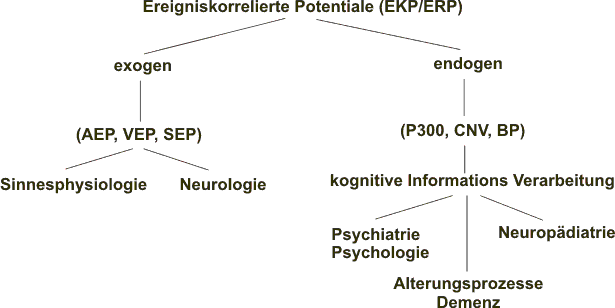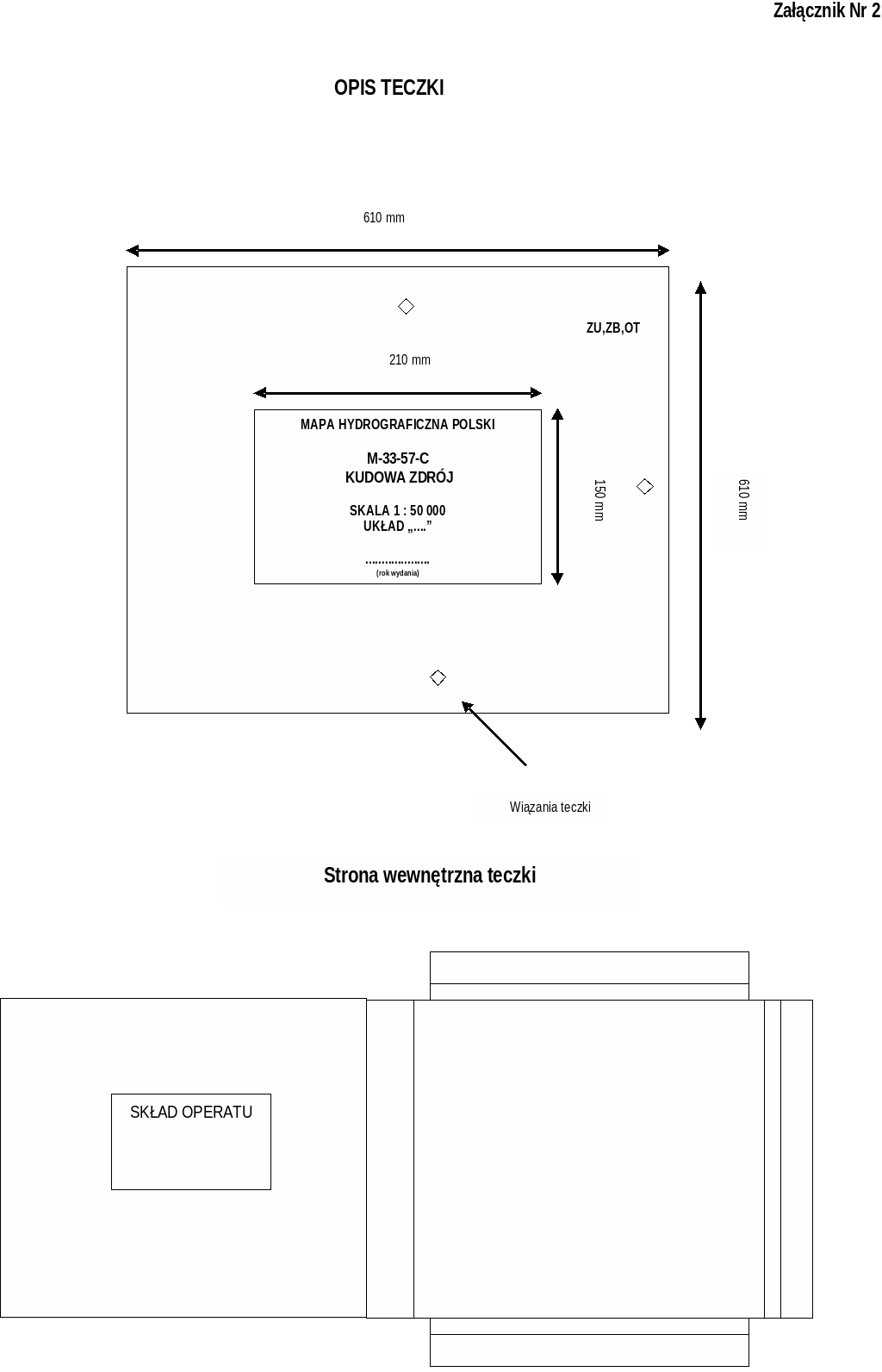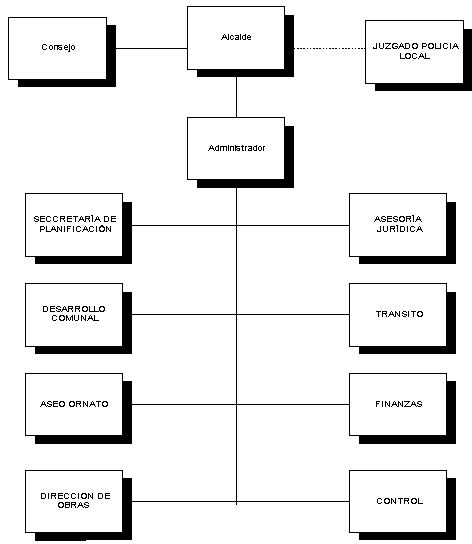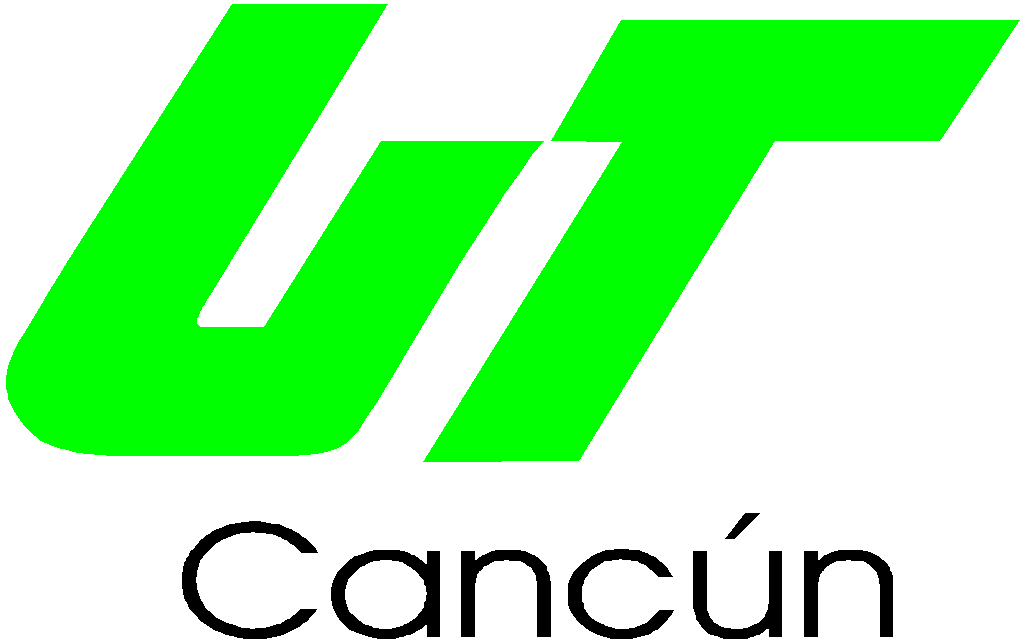north tees & hartlepool nhs foundation trust implementation of nice guidelines (o&g) there is no single way of implementing nice guidance;
North Tees & Hartlepool NHS Foundation Trust
IMPLEMENTATION OF NICE GUIDELINES (O&G)
There is no single way of implementing NICE guidance; the methods used
will depend on the type of guidance that has been issued. The
following information is developed from the NICE guide to
implementation for organisations (2005).
The implementation of NICE guidance and technology appraisals are
assessed within the Healthcare Commission (HCC) core standard C5, and
Trust are required to declare compliance with this on an annual basis.
Clinical guidance provides information on the appropriate treatments
and care of people with specific diseases and conditions. A helpful
way of looking at this is to assess the impact of this information,
plan the implementation with a clearly defined plan being put into
place over a longer period, but with a clearly defined timeline.
Listed below are steps to take towards implementation of such
guidance.
Technology appraisals are recommendations on the use of new and
existing health technologies. The Secretary of state has suggested
that the NHS provided funding 3 months following the publication of
technical appraisals, and that this should ensure compliance with
these. It is important that if these are relevant to practice
clinicians agree a method of implementation similar to that given
below.
Guidance on interventional procedures covers the efficacy and safety
of surgical procedures and are included in the HCC standard C3. It is
important that if these are relevant to practice they are assessed in
relation to training needs, consent issues or audits requirements.
Public Health guidance covers promotion of good health and prevention
of ill health, implementation of these are measured in HCC standards
C22 and C23.
New guidance is presented at the Clinical Governance forum and
agreement is reached within the department if the guidance is relevant
to practice. At this point the team will identify a lead clinician
appropriate to the type of guideline /appraisal involved.
The most effective method of implementation is by the use of a
multidisciplinary team. The team may include nursing/midwifery,
clinicians, clinical governance/audit, finance / commissioners,
resourcing, public health and patients/public involvement.
Getting started
===============
1. Lead Clinician identified.
*
Once the lead is identified the details of the individual will be
provided to the Clinical
Effectiveness Manager who will forward the necessary paperwork for
completion to
identify if the department is going to accept the guidance in full,
part or if necessary
reject them. If the guidance is partially accepted or fully rejected
then further information
will be required to evidence why this decision has been made.
2. Arrange presentation of new guidance at Clinical Governance
Learning event within
3 mths.
*
Slide sets containing key messages are generally supplied with
guidelines and are
available on the NICE website.
*
Lead clinician should have identified gaps in service provision
that will affect compliance with the guidelines.
*
Once gaps have been identified then an action plan should be
developed with individual responsibilities and defined, realistic
timescale identified.
*
Lead clinicians should try to get as many interested people on
board to spread the
workload.
*
The identification of additional resources / costing is important
at this stage.
3.
Any issues raised that will affect the full implementation of
guidance needs to be entered in the departments Risk Register with
specific actions to assist in removing these.
*
If there are major issues related to service provisions either
in the Trust or within other areas then a presentation to the
Audit and Clinical Effectiveness Group (ACE) will be requested
so that this group can provide support, advice and also link
with the Trust Board to try and remove any obstacles to
ensuring full compliance.
4. Undertake dissemination of the guidelines and action plan to all
staff involved in
service provision.
5. Identify baseline audit needs to look at current practice against
NICE guidance.
*
NICE have also provided some audit tools to assist this process –
www.nice.org.uk/implementation
6. NICE generally produce patient information leaflets to cover most
guidance.
*
Lead to identify if this information leaflet is appropriate to our
needs and request approval via Patient Information Evaluation
Group. This can be coordinated with the assistance of the Clinical
Governance Coordinator
7. Within 1 year of this baseline assessment the guidelines should
have been audited
to assist in evaluation of implementation.
*
Dependant on the results of these audits, re-audits should be
planned – in 1 year if results poor or 2 years if positive.
Commenting on draft guidance
----------------------------
It is important that we get involved in the development of guidance;
the department regularly receives draft guidance that all clinicians
are asked to provide comments. It is important that we ask about
issues that have been raised in clinical practice through incidents or
previous guideline information. It is also possible to suggest topics
for future consideration.
You can access the NICE website at www.nice.org.uk and sign up for a
monthly electronic newsletter informing you of all recent updates etc.
This also gives us the chance to scope the future and look at changes
coming in the future that we wish to take up in practice.
GOOD LUCK.
JA / Dec 2007
 II EEG & EP ELEKTROENZEPHALOGRAPHIE (EEG) UND EREIGNISKORRELIERTE POTENTIALE
II EEG & EP ELEKTROENZEPHALOGRAPHIE (EEG) UND EREIGNISKORRELIERTE POTENTIALE ZAŁĄCZNIK 1 SIWZ 20061114 WARUNKI TECHNICZNE OPRACOWANIA MAPY HYDROGRAFICZNEJ
ZAŁĄCZNIK 1 SIWZ 20061114 WARUNKI TECHNICZNE OPRACOWANIA MAPY HYDROGRAFICZNEJ AT THÉMATIQUE LA PAUVRETÉ EN FRANCE MESURER LE BES
AT THÉMATIQUE LA PAUVRETÉ EN FRANCE MESURER LE BES COUNTERINSURGENCY IN THE GREATER NORTH OF UGANDA UNDERSTANDING THE
COUNTERINSURGENCY IN THE GREATER NORTH OF UGANDA UNDERSTANDING THE UNISON NOTTS LEARNING COURSE APPLICATION FORM HOW TO APPLY
UNISON NOTTS LEARNING COURSE APPLICATION FORM HOW TO APPLY PULLING SMALL TUBING AND OPTICAL FIBERS ON THE P2000F
PULLING SMALL TUBING AND OPTICAL FIBERS ON THE P2000F UNIVERSIDAD AUSTRAL DE CHILE FACULTAD DE CIENCIAS DE LA
UNIVERSIDAD AUSTRAL DE CHILE FACULTAD DE CIENCIAS DE LA U NIVERSIDAD TECNOLÓGICA DE CANCÚN ORGANISMO PÚBLICO DESCENTRALIZADO DEL
U NIVERSIDAD TECNOLÓGICA DE CANCÚN ORGANISMO PÚBLICO DESCENTRALIZADO DEL